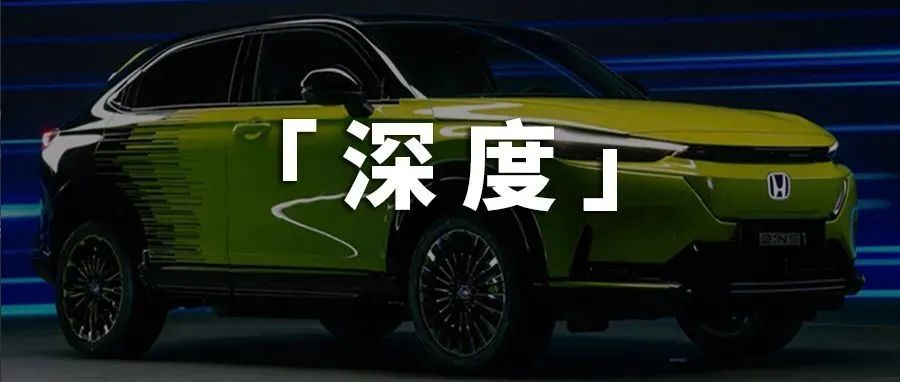Author: Shidi
On October 21, at the 2021 Wuhan Auto Show, Dongfeng Honda unveiled its new electric vehicle models e:NS1 and e:N Coupe Concept. As Honda’s first fully electric vehicle to hit the Chinese market and as part of its comprehensive electrification strategy, the e:NS1 represents one of the iconic products that will accelerate the transformation to pure electric vehicles in China. According to the plan, the new car will be officially launched in the spring of next year.
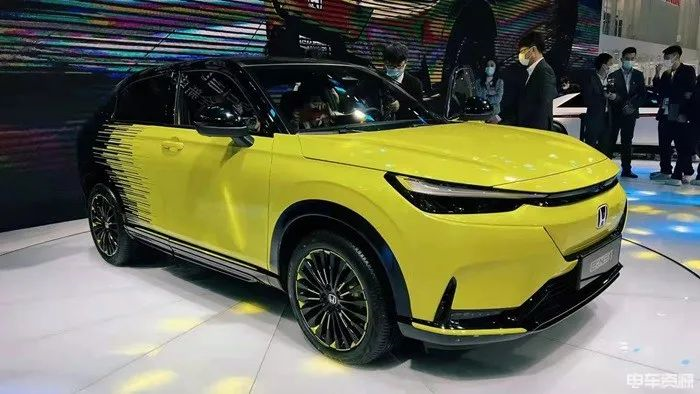
Learn More About e:NS1
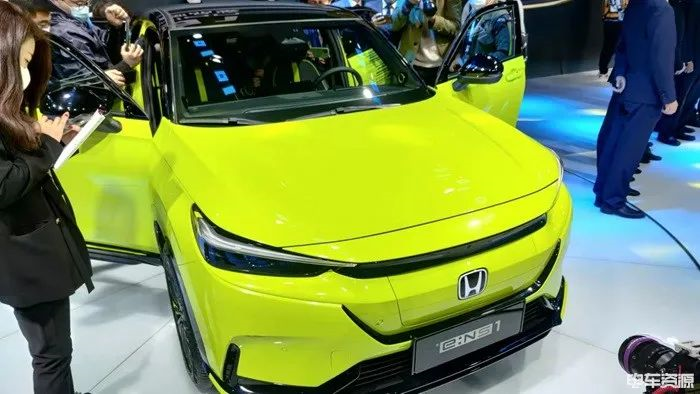
As for the appearance, compared with some avant-garde and bold new forces models, the e:NS1 still leans toward Honda’s pure flavor. Of course, some common elements of pure electric vehicle design, such as a sealed grille, illuminated logo, and the continuity effect created by the elongated skinny headlamps, are also vividly demonstrated on the e:NS1.

On the side of the car body, the e:NS1 is traversed by a straight waistband to the rear of the car, which horizontally lengthens the visual effect of the entire side. At the same time, similar to the CR-V, and the XR-V, the new car’s rear doors also adopt a hidden door handle design, while the front doors still follow the traditional handle design. The overall length, width, and height of the vehicle are 4390/1790/1560 mm, respectively, with a wheelbase of 2610 mm, positioned as a compact SUV.
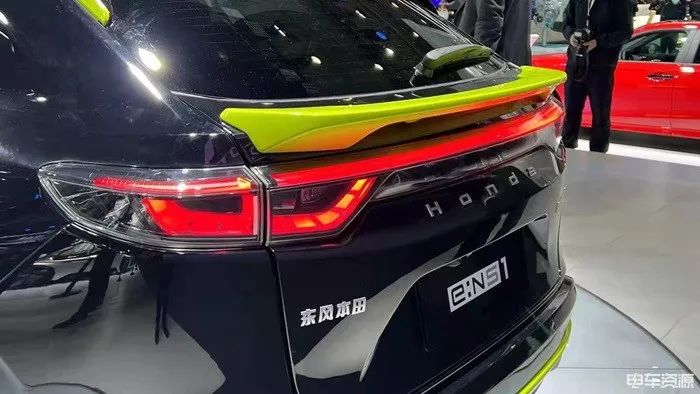
In the rear of the car, the high-identifiability continuity taillights support the overall appearance, and the English “Honda” emblem replaces the traditional “H” logo. In addition, the rear is also equipped with a fluorescent wing, adding a bit of sportiness, but this design is only available in the special edition, and the regular version directly cancels the wing’s design.
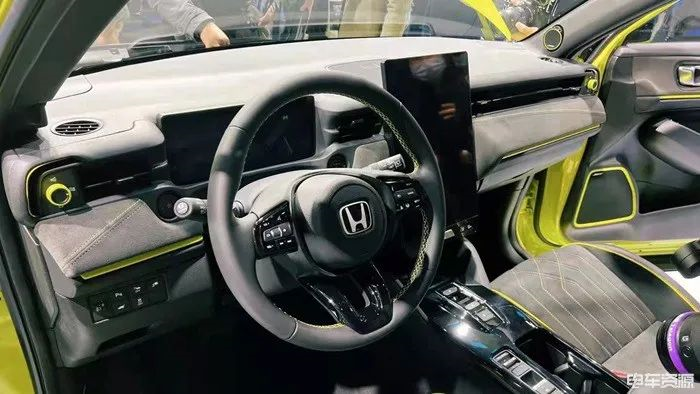
Compared with the appearance, the changes of e:NS1’s interior are as if it had undergone a makeover. The new car is equipped with a 15.2-inch vertical center control screen, and it has canceled most of the physical buttons, and uses “supporting role” button-style gearshift mechanism, and multiple fluorescent decorations that make it look more fashionable and high-tech.
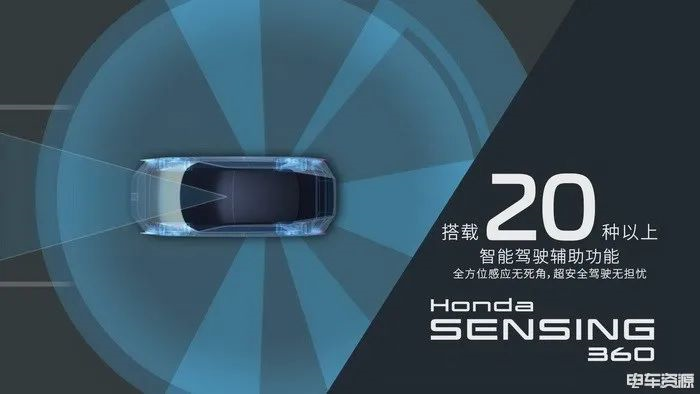
It is worth mentioning that the e:NS1 is equipped with Honda’s new intelligent control system, e:N OS, which includes the 360 intelligent driving assistance system and intelligent navigation system, supporting AI voice assistant, car-home interconnection, OTA upgrade and various other functions. In addition, the new car will also be equipped with DMC driver state perception system, which can effectively identify the driver’s state and issue reminders when necessary. Although these intelligent configurations have long been familiar in new energy car models, at least the e:NS1 has caught up with the last train and labeled itself as more intelligent and safer.
In terms of power, the e:NS1 will be equipped with the e:N Architecture F intelligent and efficient pure electric architecture, using the front-wheel drive scheme, and the cruising range is expected to exceed 500 km. Interestingly, in sport mode, the new car can simulate the Honda EV Sound acceleration sound, creating a driving experience with a sense of immersion.
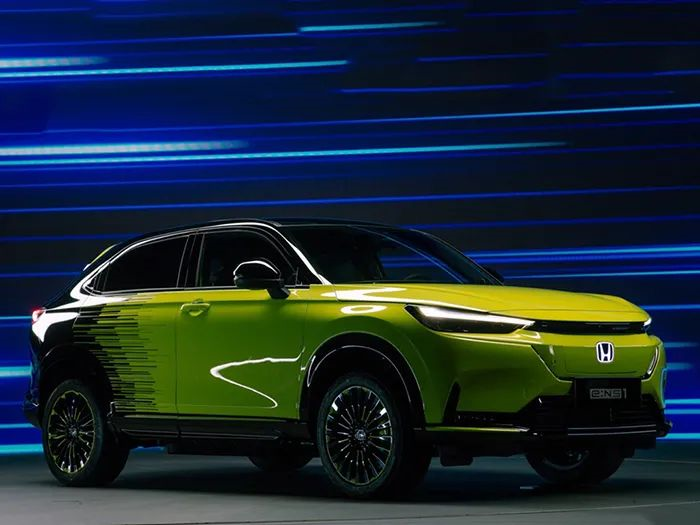
Overall, although there is not much detailed technical information about the e:NS1 at present, from the publicly available appearance, interior, intelligence, power and other aspects, the performance of the e:NS1 is still commendable and can meet the current mainstream level.
The “Internal Competition” of Traditional Car Manufacturers’ Transformation
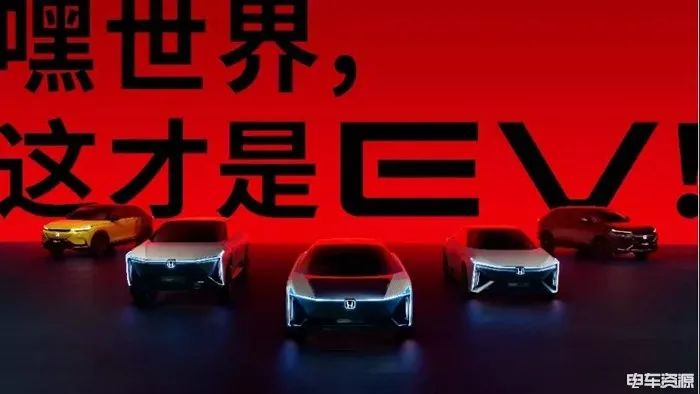
Obviously, including Honda’s electric strategy that was released in China some time ago, there is a faint feeling of “hiding something”. Many key technical indicators have not been disclosed. Of course, based on the products and technologies currently announced by Honda, we can see Honda’s determination to transform towards electrification in the Chinese market, and it is also enough to make the capital market see “a fresh pork”.
After all, what the current new energy market emphasizes is the three-core lineup of pure electric architecture, ecosystem, and intelligent driving, right?
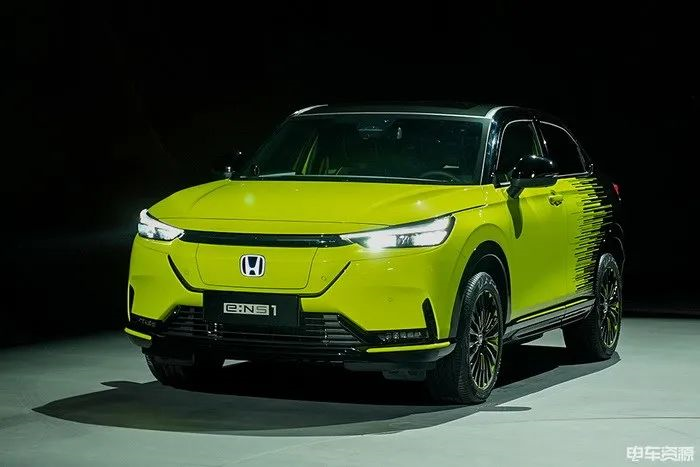
As mentioned above, the e:NS1 integrates Honda’s technology, quality and innovation in the era of electrification, represents the future development direction of Honda’s electrification, and also shoulders the mission of shaping Honda’s new pure electric vehicle brand, e:N. At the same time, Honda’s electrification journey in the future will become more clear.According to the plan, Honda will achieve a sales ratio of 40% for pure electric or fuel cell vehicles by 2030, 100% by 2040, and achieve carbon neutrality and other strategic goals by 2050. At the same time, Honda plans to launch 10 new e:N electric vehicle models in the Chinese market over the next five years.
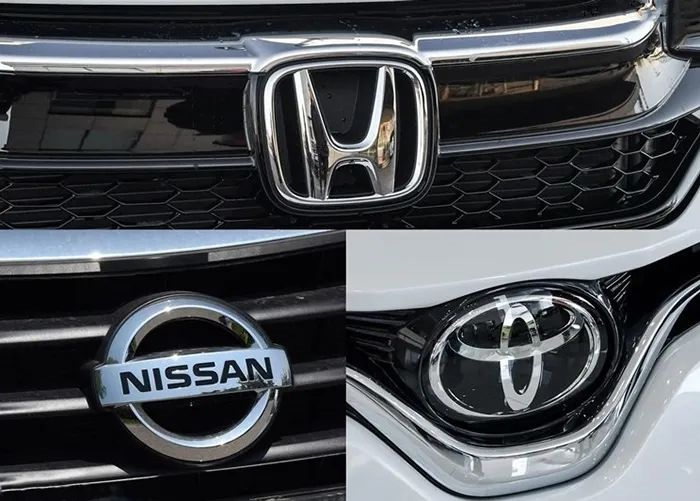
Before this, including Honda, Toyota, and Nissan, the three giants of the Japanese auto industry, have always acted like “bad boys” in the field of electric vehicles, holding onto their hydrogen fuel cell cars and hybrid models while claiming to be environmentally friendly, and making big profits in the fuel market.
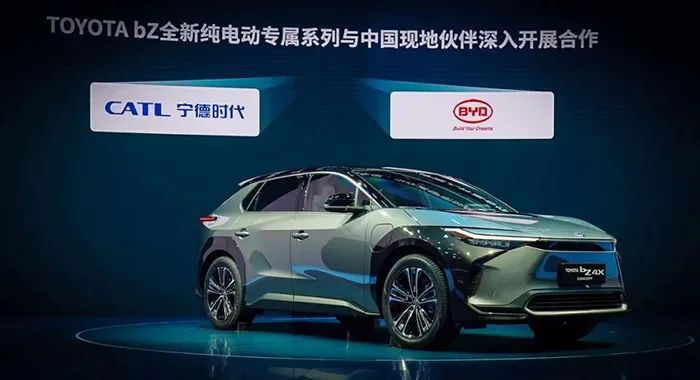
Nowadays, these “bad boys” have awakened to the transformation of electrification and have switched their “sincerity” to the Chinese market. Their planned certification timelines are also very close to each other. According to the plan, Dongfeng Honda e:NS1 and GAC Honda e:NP1 will be launched in the spring of 2022, and Toyota bZ4X CONCEPT will also be launched early next year. Therefore, it is highly likely that all three will obtain a sales license in the coming spring of next year.
Meanwhile, the Dongfeng Nissan Sylphy e-POWER, which was planned to be launched within the year, missed the exciting wave of certification. It can be certain that with the entry of these major traditional manufacturers in 2022, the degree of domestic competition in the new energy vehicle market will further expand.
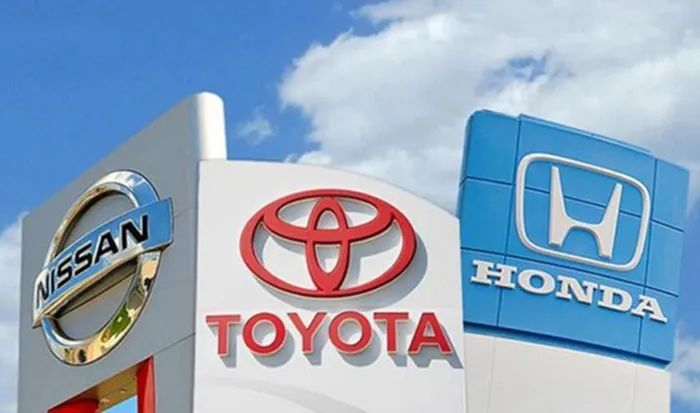
Looking at their products, they have basically grasped the flow code of the Chinese new energy vehicle market, with exaggerated avant-garde styling, leading intelligent technology, and real long endurance, all of which are the characteristics of the current popular models. Therefore, it is not difficult to imagine that these traditional giants with deep technical accumulation will regain their status in the new energy market and even overturn the traditional fossil fuel car market once they have mastered these tricks and conducted in-depth research.
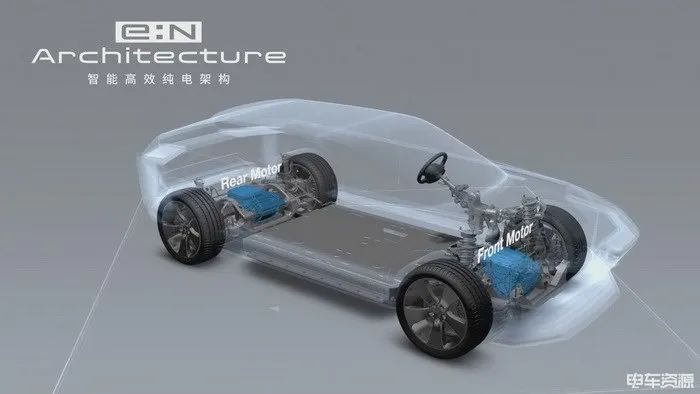 According to the data of China Association of Automobile Manufacturers (CAAM), the retail sales of new energy vehicles reached 1.818 million units from January to September this year, a year-on-year increase of 203.1%, with an average penetration rate of 12.6%. This is a significant improvement from the penetration rate of 5.8% in 2020. Among them, the penetration rate of new energy vehicles in Chinese domestic brands is 36.1%, in luxury cars it is 29.2%, while the penetration rate of new energy vehicles in mainstream joint venture brands is only 3.5%. In contrast, the pace of electrification from mainstream joint venture brands seems to be slow.
According to the data of China Association of Automobile Manufacturers (CAAM), the retail sales of new energy vehicles reached 1.818 million units from January to September this year, a year-on-year increase of 203.1%, with an average penetration rate of 12.6%. This is a significant improvement from the penetration rate of 5.8% in 2020. Among them, the penetration rate of new energy vehicles in Chinese domestic brands is 36.1%, in luxury cars it is 29.2%, while the penetration rate of new energy vehicles in mainstream joint venture brands is only 3.5%. In contrast, the pace of electrification from mainstream joint venture brands seems to be slow.
From taking small steps to making big strides, joint venture brands that have missed the first wave of the new energy vehicle market will have to bet more time and effort to gain a larger market share. We believe that in the future, as the traditional fuel vehicles are gradually transformed into electric vehicles, joint venture brands will show unprecedented ambition and determination.
As for Dongfeng Honda, the company previously launched the X-NV electric vehicle based on its fuel car XR-V, followed by the launch of its second pure electric model M-NV, but both models did not perform well in the market. The launch of the e:N series marks a new beginning for Dongfeng Honda’s electrification journey. Whether the e:NS1 can take the difficult step to help Dongfeng Honda continue its leading position in the new energy vehicle market that it earned during the fuel vehicle era remains to be seen!
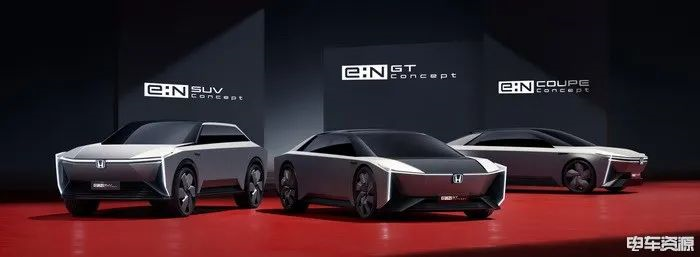
This article is a translation by ChatGPT of a Chinese report from 42HOW. If you have any questions about it, please email bd@42how.com.
